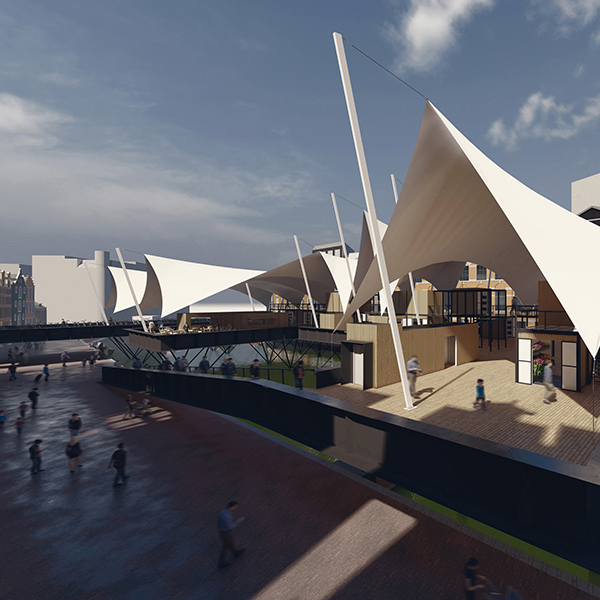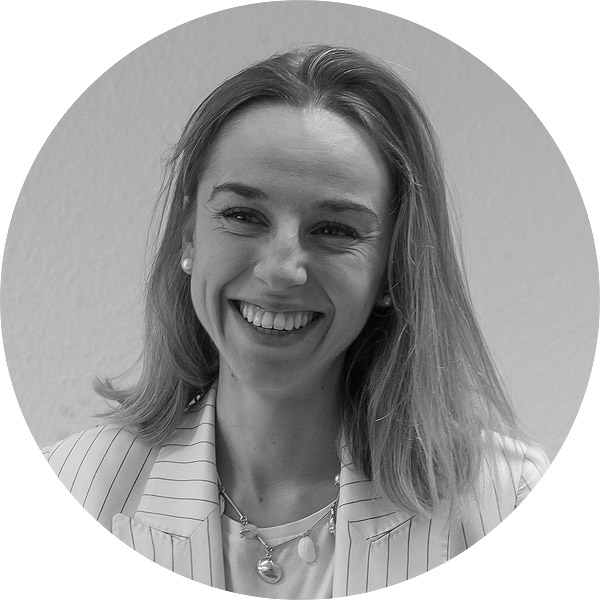
María Gorostiaga
FIVE
project End of Degree Master's Degree in Architecture
University of Navarra
TutorCésar Azcárate
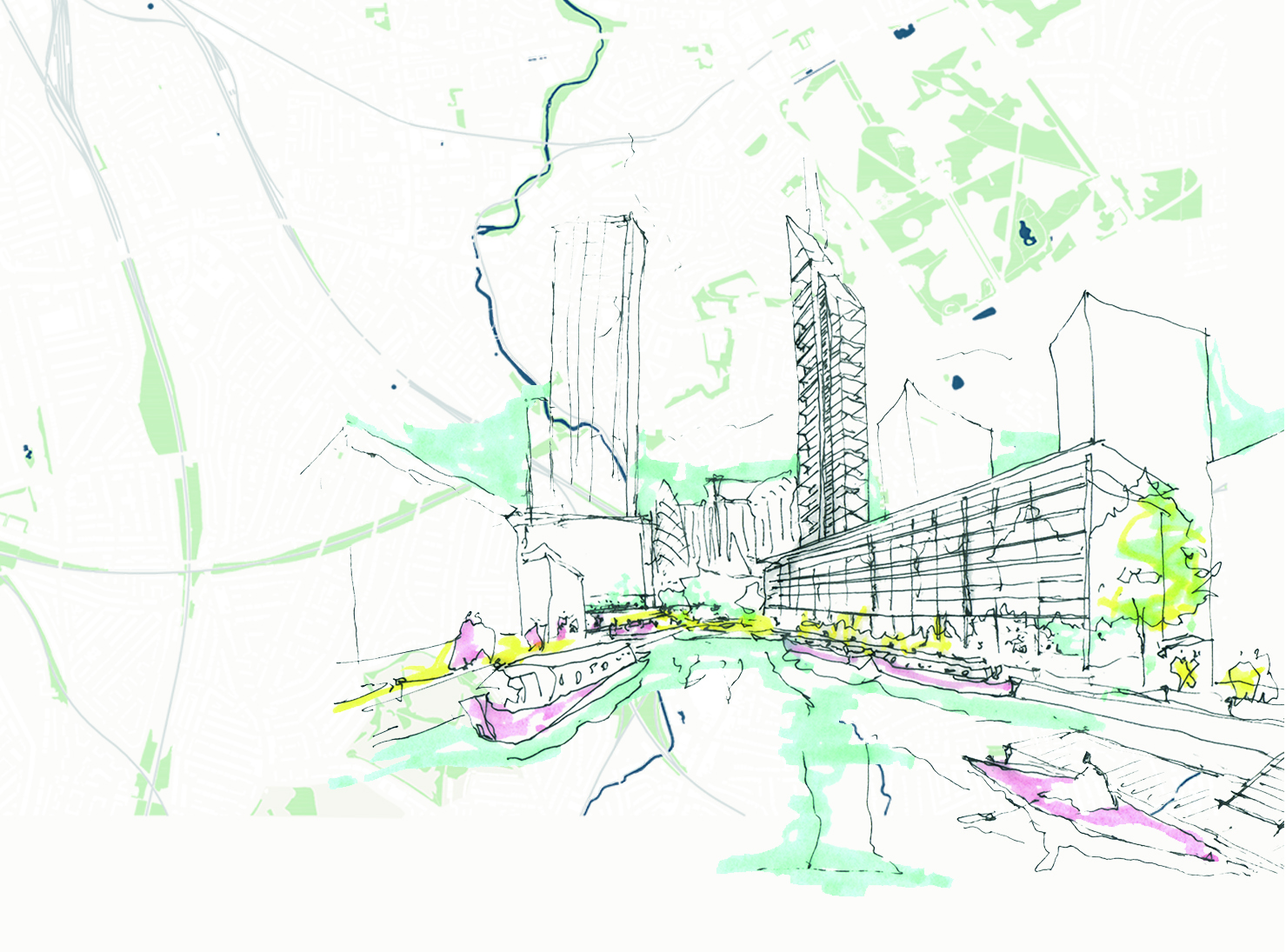
Lifestyles and therefore the needs of society are changing. Globalisation and new technologies have transformed the way we work, the way we relate to each other and even the way we live. The world has never seemed so close and yet we are increasingly distant from each other.
This is where we architects have our role to play, in providing cities with spaces for relationships, spaces to be, to enjoy and to foster community.


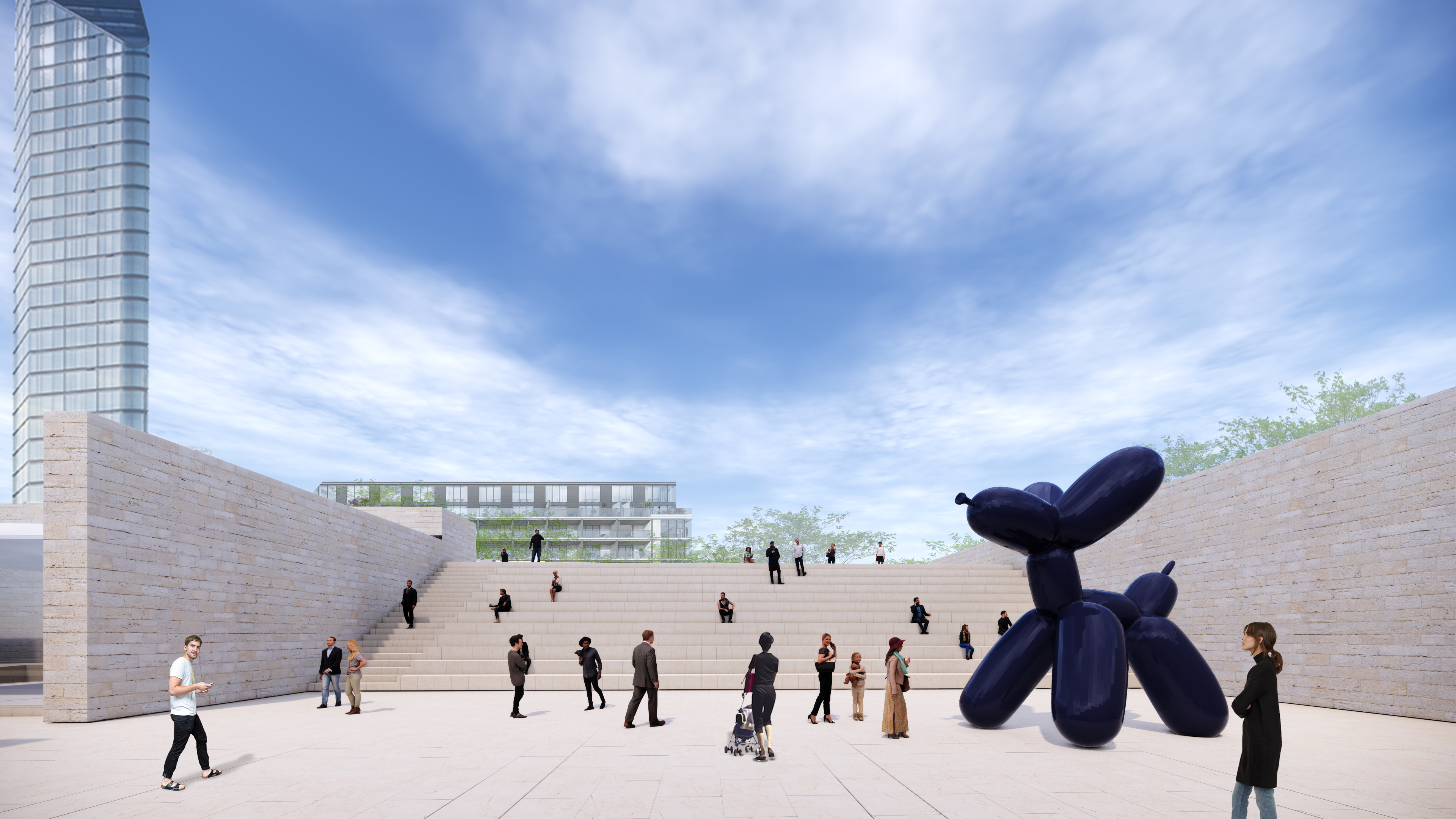
The premise was five programs of study and five dwellings for architects in London, however, the development of my project, my concerns and my way of seeing architecture, have ended up creating a building, a project, which is much more than that.
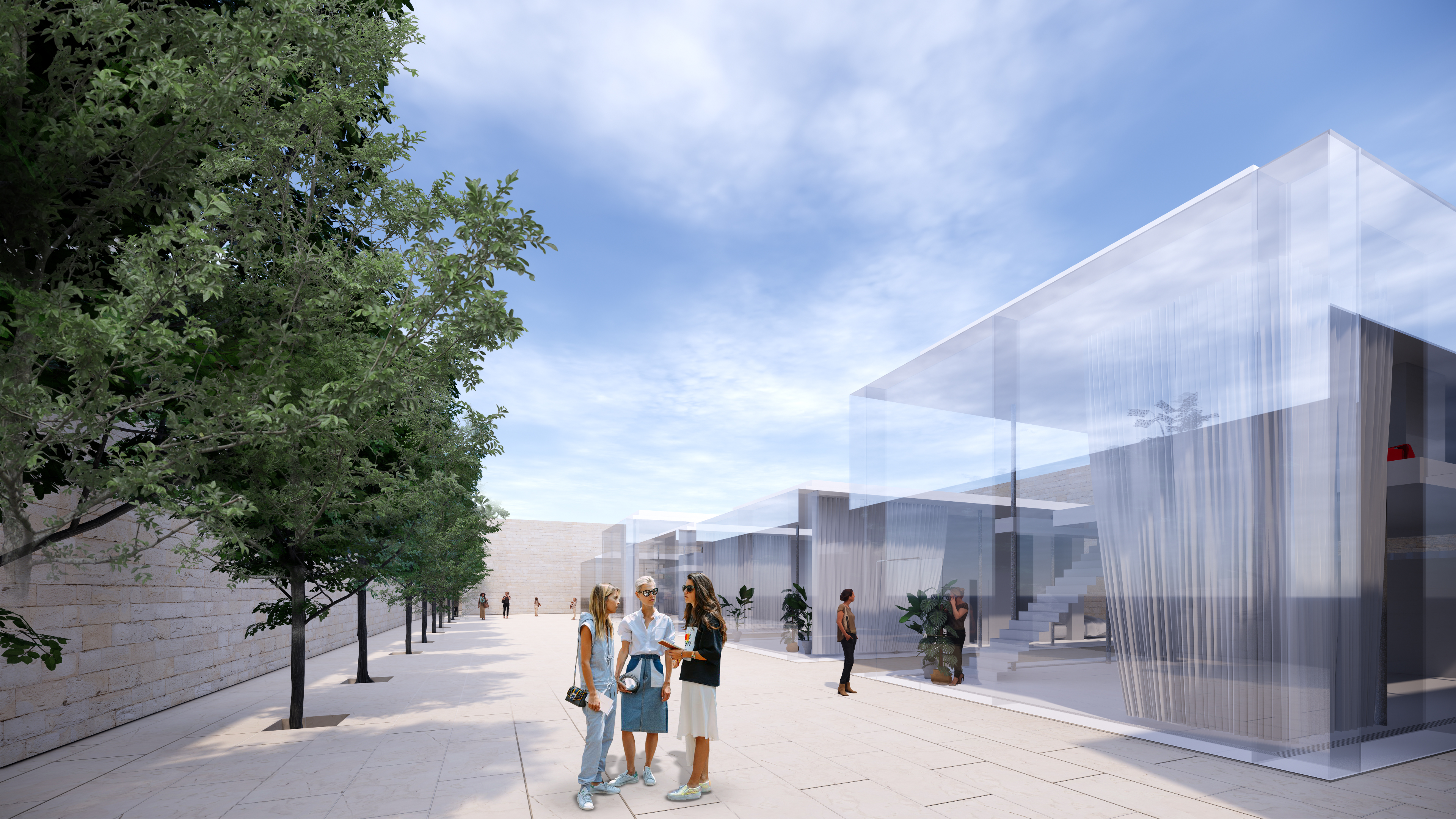

Richard Sennet, American sociologist, defines craftsmanship as the enduring and basic human impulse to do one's work well. So my project, five does not focus on the five programs of study and five dwellings, but on creating a large cultural space for everyone, for everyone who wants to create and be a craftsman.
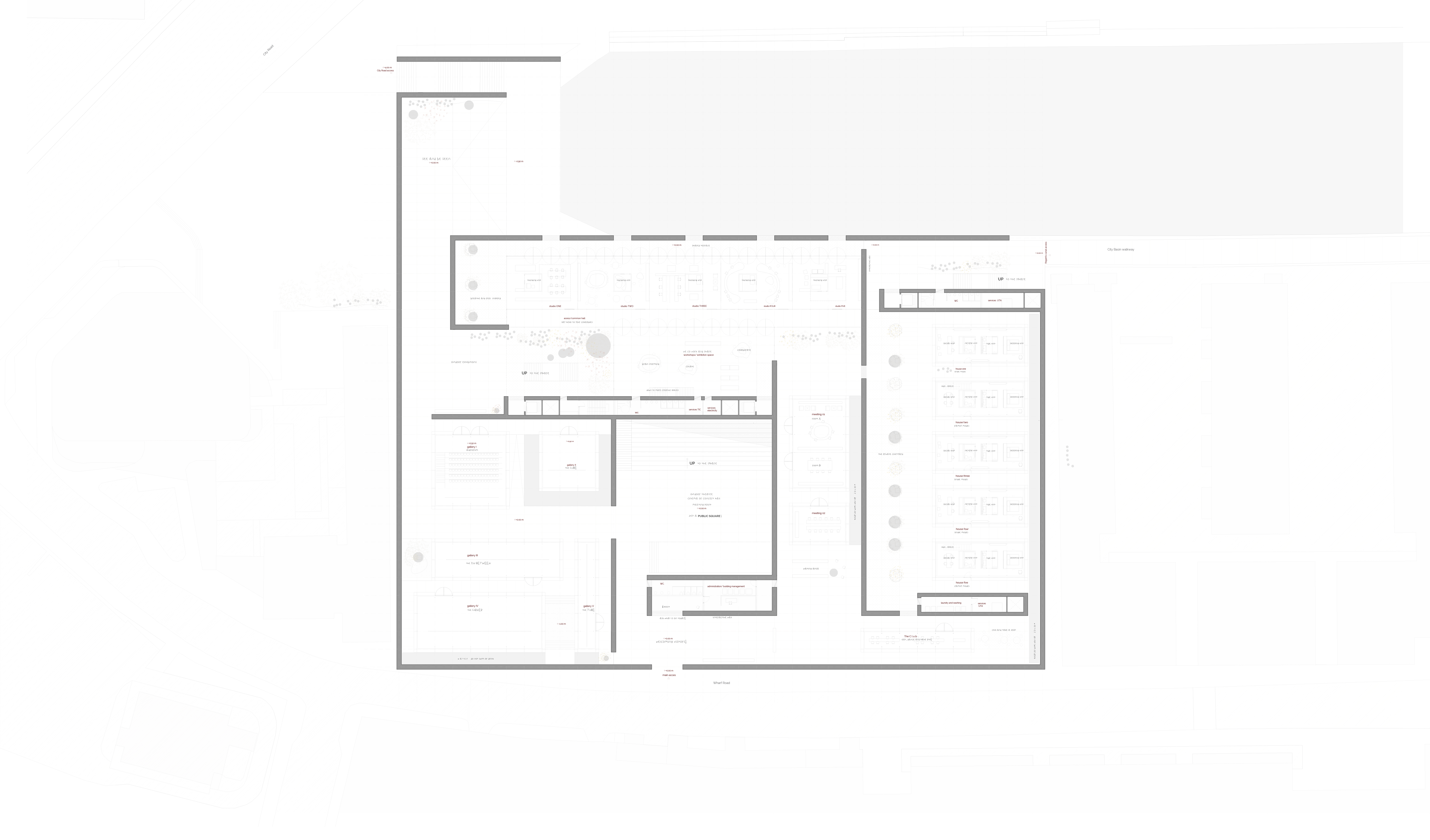
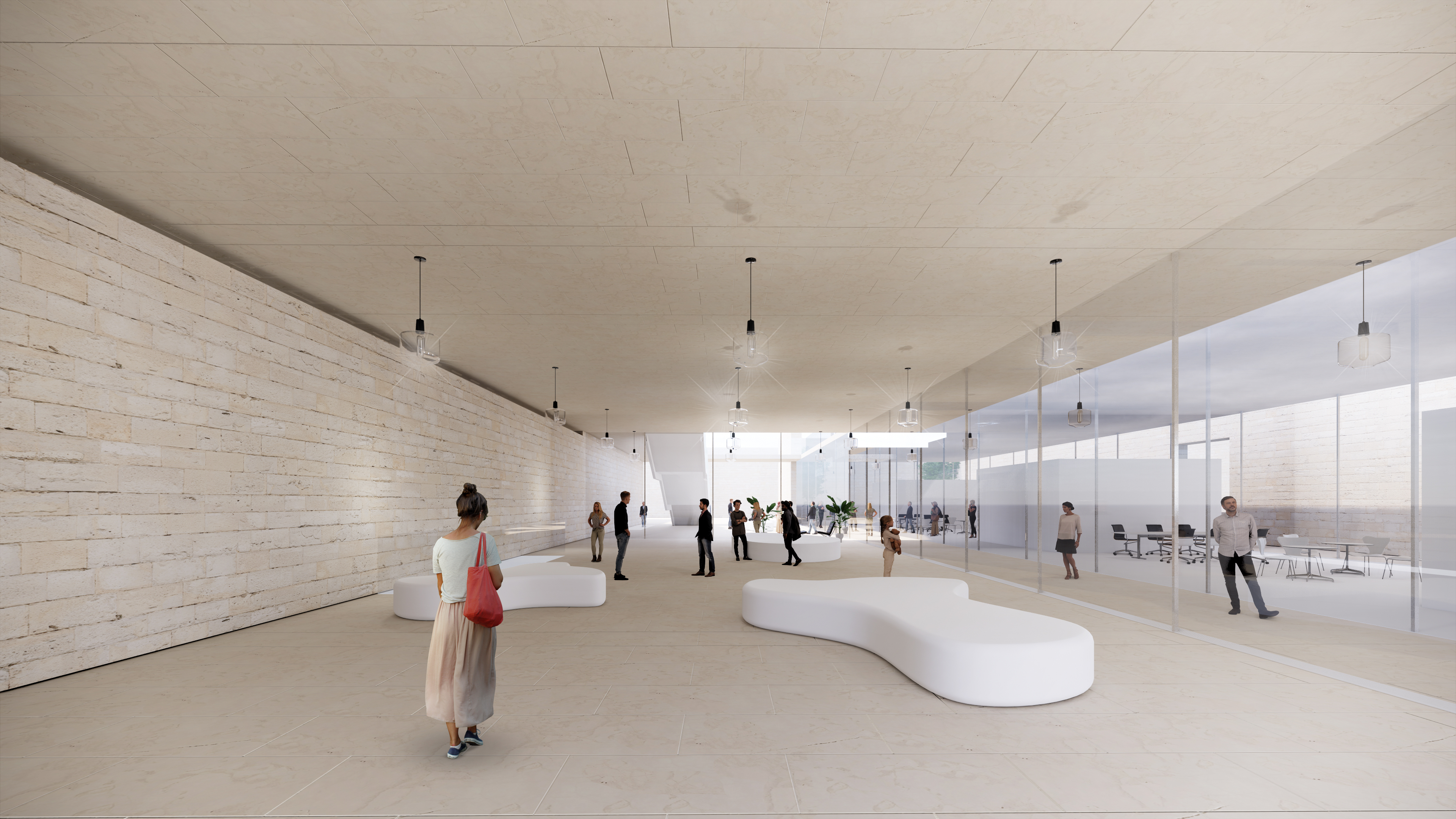
The project tries to respond to contemporary needs by turning traditional models on their head, thus reflecting the concerns not only of the five architects but also of the city in which they are located in relation to the canal, its history and artistic activity.
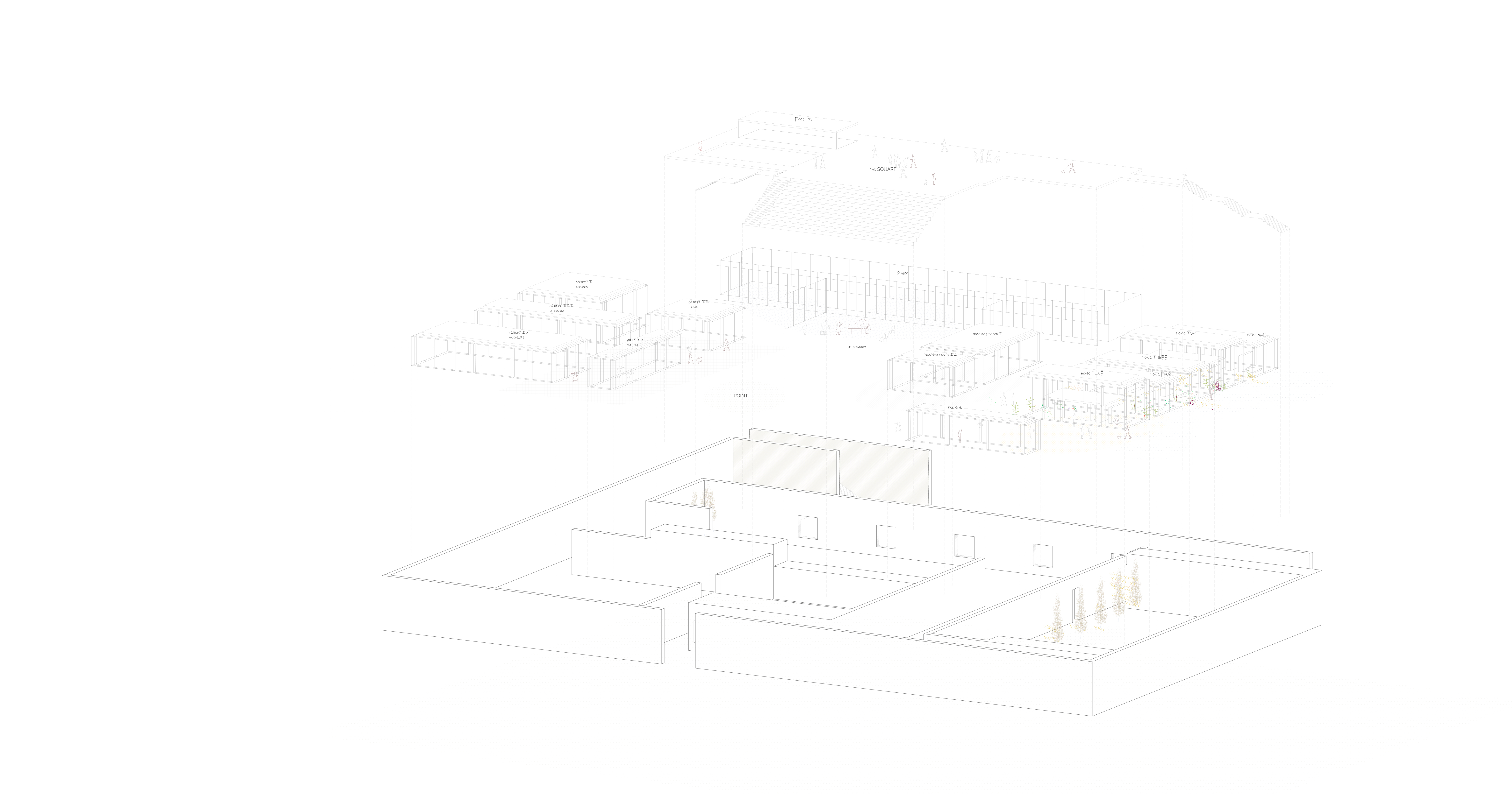
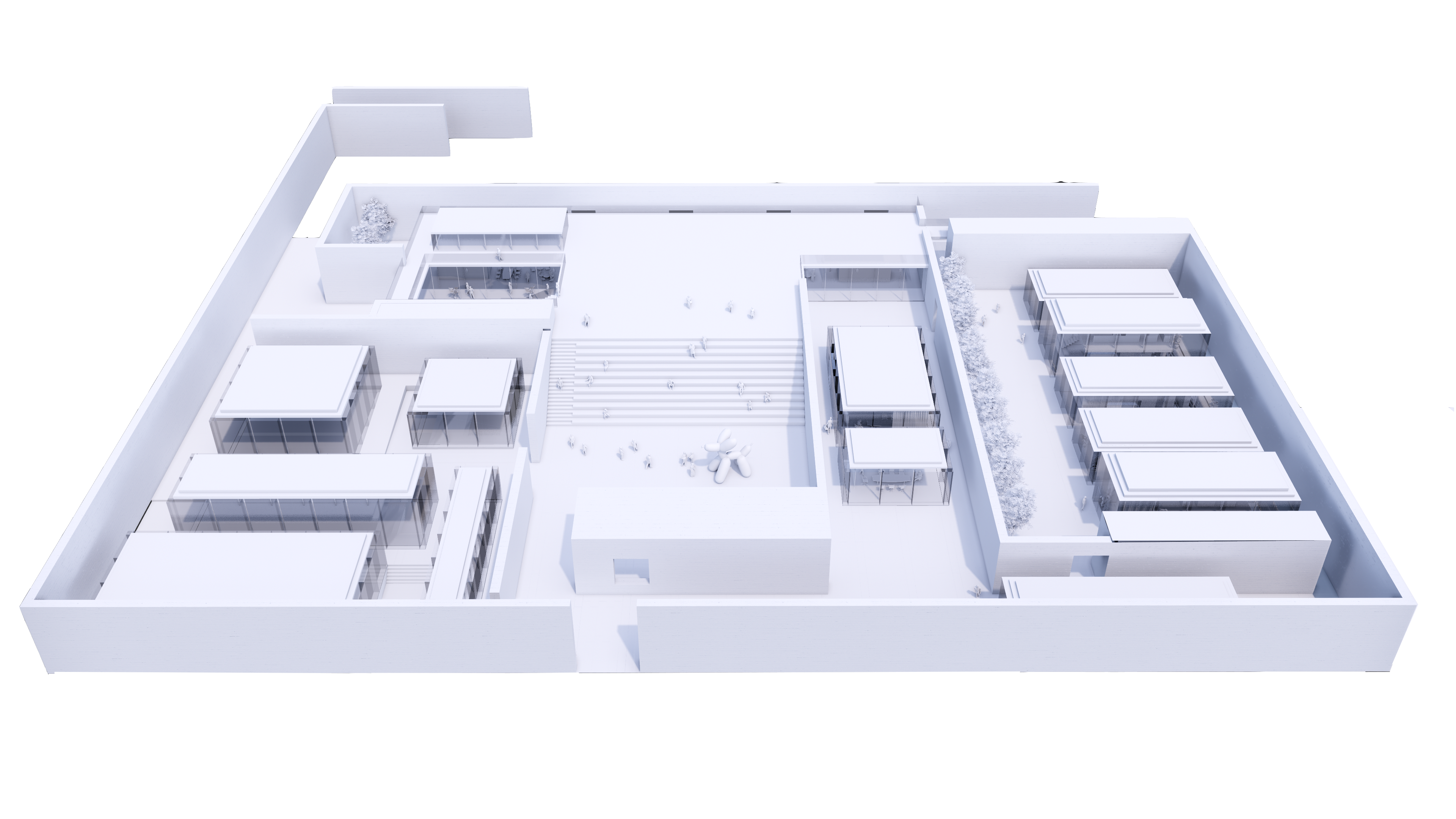
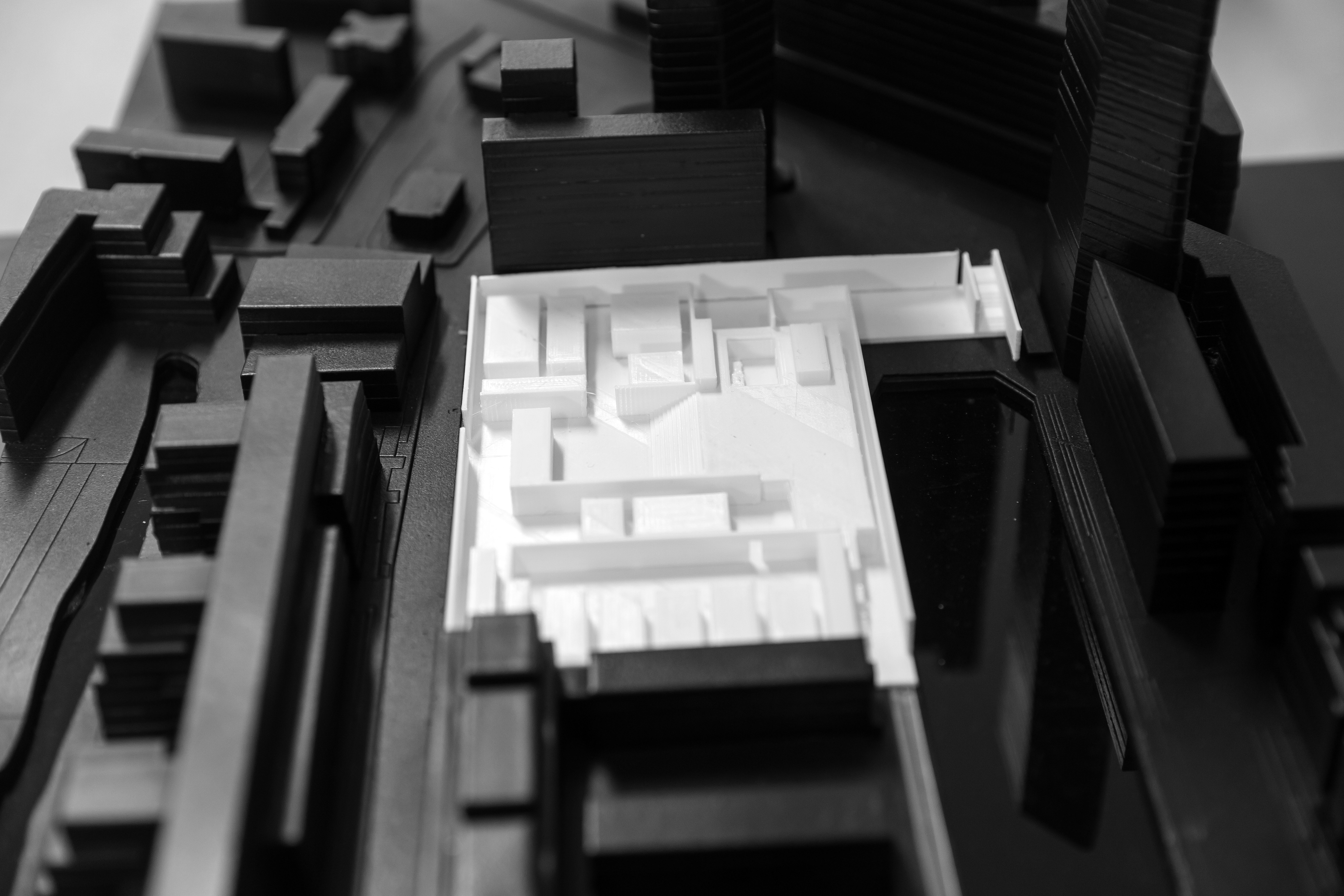
Five is a creative complex in which people live and produce, a living organism where contact is sought between the different users and where paradigms of work enrich each other.
Five is not just a building, it goes beyond that, it is a reflection on the experience of Username and how a space cannot be understood without the people who occupy it, as in final it is those who live in the building who ultimately determine written request its programme.

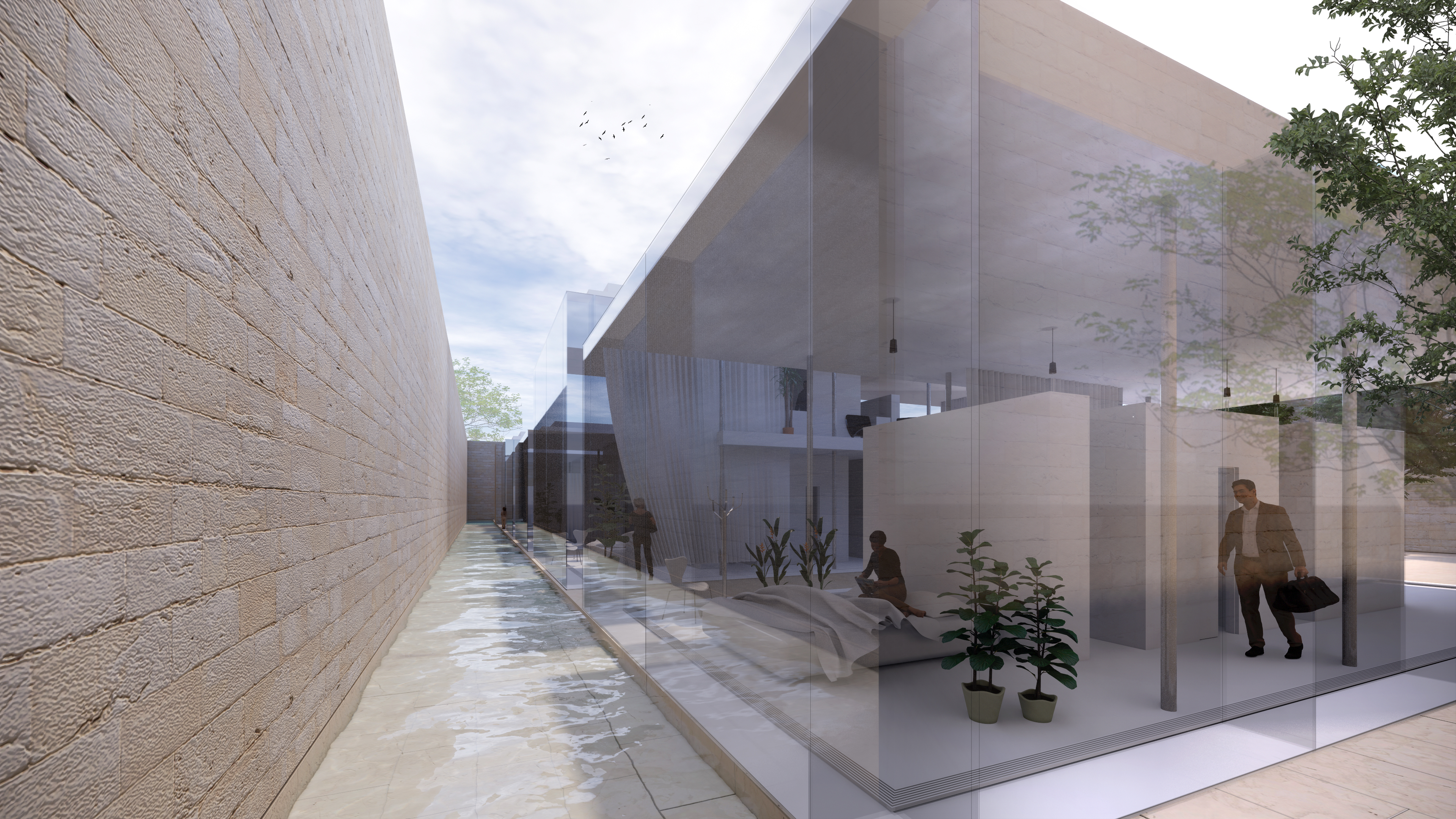
Five is a space by London for London, which speaks to the relationship between the public and the private. In contrast to the predominant high-rise schemes in the city, a horizontal building model is proposed to serve as a public place using the canal and its relationship with the city as a leitmotiv to encourage the relationship and the confluence of people. It is a living space that invites to be, to live, to share and to enjoy and that becomes the starting point to turn city basin into a new cultural focus.

